Unlike digital audio playback that rarely requires anything more than connecting your music streamer or CD player to the rest of your system with a single cable and making a few changes within your preferred music steaming app to maximize the playback quality, listening to records offers a few more challenges that can make or break the listening experience. Your phono cartridge setup plays a massive part in the experience and there are some things you need to know — especially if this is your first turntable.
Are you happy with the playback quality? We sold the record listening experience over the past decade to a new generation of listeners and our inbox is full of questions and complaints from those same people who are not convinced that they are getting the full experience.
We’ve devoted a lot of space to audiophile turntables, phono pre-amplifiers, and all of the accessories you might need to maximize your experience but not enough attention has been paid to phono cartridge setup.

Setting up a phono cartridge correctly is important to ensure optimal sound quality and to prolong the life of your cartridge and records; and that last part is extremely important because dirty records will damage your stylus and shorten its lifespan.
You read that last part correctly. All of those “used” records that you picked up from your local garage sale, Grandma’s attic, or local record store — they all come with their own unique history including grunge (pet and human hair, smoke, dust, precious bodily fluids) that has become entrenched in the grooves. And that doesn’t even include the scratches or dings.
We have some excellent and affordable cleaning options worth considering here that you can read about.
It might surprise you to learn that “new” records are also slightly dirty and that can arise during the pressing process. Clean your records.
Most consumers looking at their first turntable, generally look for models that come with a phono cartridge that has been pre-installed and supposedly set-up correctly at the factory.
That isn’t always the case and you generally have to set the tracking force and adjust the counterweight depending on the model. Remember to read the supplied instructions and articles like this to minimise the set-up frustration.
If you buy a table with a pre-installed cartridge and you’re happy with the sound, that’s great. If you ever decide to upgrade that cartridge – you need to pay attention to our first bit of advice because not every cartridge will work with your tonearm.
Choose the right tonearm: Select a tonearm that is compatible with the cartridge you have chosen, and has the right effective mass, compliance, and overhang to work optimally with your cartridge.
Mount the cartridge: Follow the manufacturer’s instructions for mounting the cartridge to the tonearm. Ensure that the cartridge is mounted securely and aligned properly, with the correct azimuth, overhang, and vertical tracking angle.
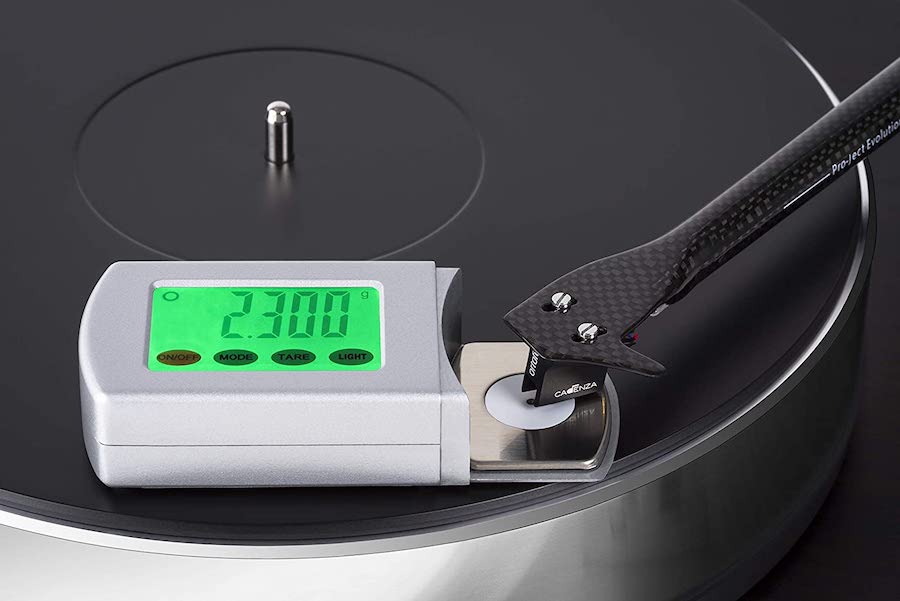
Balance the tonearm: The tonearm must be balanced so that it remains level when tracking a record. This involves adjusting the counterweight until the tonearm floats freely with the cartridge in place.
Choose the right stylus force: The correct stylus force will depend on the cartridge you have, but typically, it’s between 1.5 and 2.5 grams. Check the manufacturer’s specifications for the recommended force and use a stylus force gauge to set it accurately.

Align the cartridge: Aligning the cartridge correctly is important for optimal sound quality and to prevent damage to your records. This includes ensuring that the cartridge is parallel to the record, and the stylus is centered over the groove. There are several popular alignment protractors available to help you with this step.

Adjust anti-skating: Anti-skating helps prevent the stylus from skating towards the center of the record, causing unequal wear on the record and affecting sound quality. The anti-skating force should be set to the same value as the tracking force.
Connect to the preamp: Finally, connect the cartridge to a phono preamp, which amplifies the cartridge’s low-level output signal to line-level.
Calibrate the phono stage: Adjust the phono preamp’s gain, impedance, and capacitance to match your cartridge’s specifications.

Check the stylus condition: Regularly inspect the stylus for signs of wear and replace it as needed. A worn stylus can cause damage to your records and degrade the sound quality.
The Bottom Line
It doesn’t matter if you are a casual listener or deeply invested in your record collection — proper phono cartridge set-up is critical to enjoying the vinyl listening experience.
And it doesn’t matter if you are using an entry-level turntable or a state-of-the-art turntable like the $18,000 Kuzma Stabi R with a $5,000 Hana MC — the same setup issues apply to the tonearm and cartridge.
The best turntables in the world can sound amazingly average if the cartridge is not properly installed.
Related Reading:




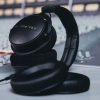


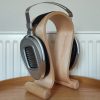





















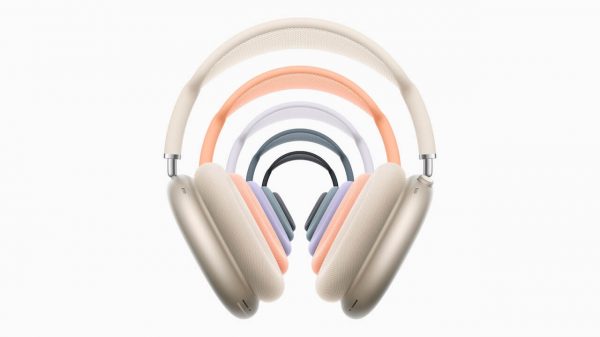

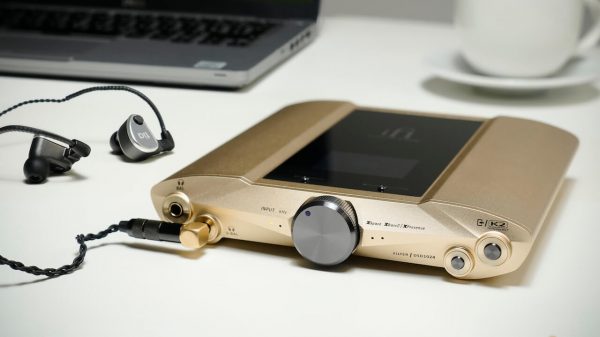
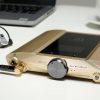
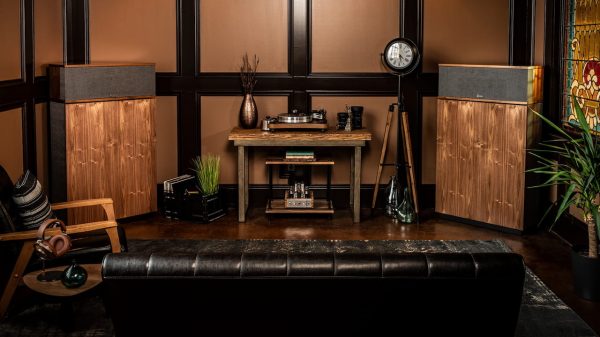
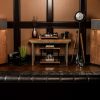















Mike Cornell
September 28, 2023 at 1:04 pm
Hi Ian….a couple of nit piks: I would think you should balance the tonearm before setting the stylus pressure as opposed to the order suggested in the article 😀. Also, as most turntables, especially those bought by folks new to the vinyl experience come with tonearms and tonearms are not easily (if that’s even possible) changed, one should choose the right cartridge for the tonearm, not the other way around. Good points all around though about the importance of setting things up properly to get the best vinyl experience! Cheers!
Ian White
September 28, 2023 at 1:21 pm
Mike,
Good catch on #1. It was actually an editing error on my part. I didn’t move the paragraph up as it was supposed to be.
As far for #2, manufacturers have actually started to listen and now offer tonearms on even entry-level decks that can be adjusted. Are you getting everything? Not really, but I think most of the entry-level decks use either Audio-Technica or Ortofon (hate the 2M Red) cartridges that were selected specifically for that arm.
I don’t think consumers buying $300 turntables should necessarily drop $500 on a cartridge upgrade (nor do I think most would ever do it) but I do believe that spending a little more on a better cart, phono stage, and spending the time on proper set-up goes a long way long-term.
Best,
Ian White
Mike Cornell
September 28, 2023 at 7:04 pm
To clarify re:#2….it seemed to imply that you should choose your tonearm so that it would be compatible with your cartridge and I was saying that, as most turntables alsteady come with tonearms, it makes more sense to choose a cartridge that is compatible with the tonearm you already have. Adjustability can only go so far if your cartridge is too compliant for your tonearm or too light/heavy with respect to the supplied counterweight. Anyway, all good points; keep up the great work, Ian!
ORT
September 29, 2023 at 10:39 am
One of my ‘tables is a fully frAutomatic Direct Drive Technics with a *GASP* P Mount cartridge.
It’s looks are mild but I like them better than that “thing” Bro-Ject put on my Essential III Sgt. Poopers 50th setup. The OM10, well…the entire “series” of OM are F U G L Y.
The OM looks like a fishing lure for catching stoopid fish. If I had now how I would despise it (I have not used the table in nearly a year now after replacing the belt as I cannot look at that “thing” on the bidness end of the arm of tone.
I would rather have a P Mount than any OM.
I have not slept in a couple of days now. Yeah…I am grumpy but truth be told the OM deserves derision. The P Mount is nice enough but as I maintain that the majority of frAudiophiles love to self-flagellate and cartridges are but one way of accomplishing their mission. In general they are lost when it comes to beauty in audio equipment.
Don’t beweive me? Just look at some of their 300lb turntables that look like Robby the Robot humped an off brand Chicom robot vac and forgot to wear his resistor. Contrast that poop with Data from Star Trek TNG hooking up with “Honey West”. No offspring but you can bet they listened to vinyl on a Pro-Ject X2 in walnut…CLASS.
ORT